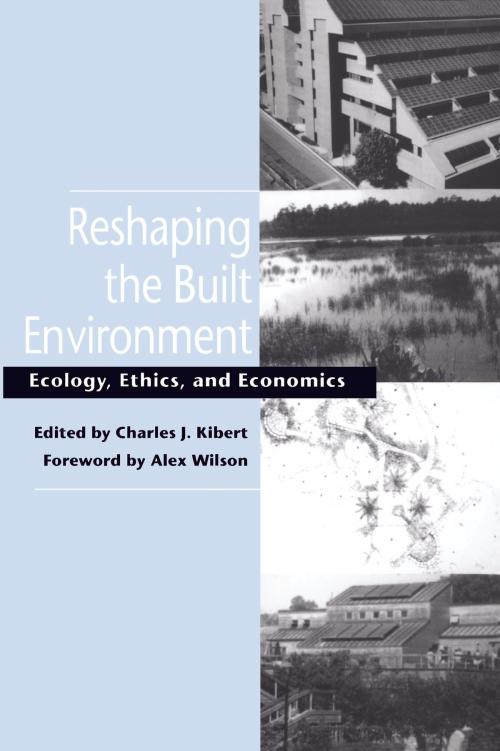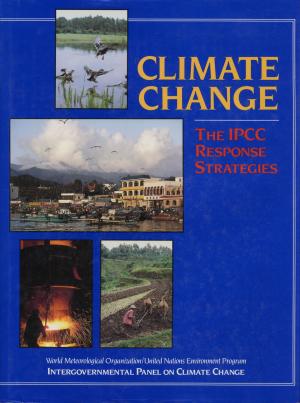Reshaping the Built Environment
Ecology, Ethics, and Economics
Nonfiction, Science & Nature, Nature, Environment, Ecology, Art & Architecture, Architecture| Author: | Charles J. Kibert | ISBN: | 9781610913126 |
| Publisher: | Island Press | Publication: | May 10, 2013 |
| Imprint: | Island Press | Language: | English |
| Author: | Charles J. Kibert |
| ISBN: | 9781610913126 |
| Publisher: | Island Press |
| Publication: | May 10, 2013 |
| Imprint: | Island Press |
| Language: | English |
Because of the profound effects of the built environmon the availability of natural resources for future generations, those involved with designing, creating, operating, renovating, and demolishing human structures have a vital role to play in working to put society on a path toward sustainability.This volume presents the thinking of leading academics and professionals in planning, civil engineering, economics, ecology, architecture, landscape architecture, construction, and related fields who are seeking to discover ways of creating a more sustainable built environment. Contributors address the broad range of issues involved, offering both insights and practical examples. In the book: Stephen Kellert describes the scope of the looming ecological crisis Herman Daly explains the unsustainability of the world's economic system and the dangers inherin the currmovemtoward globalization John Todd describes the evolution of wastewater processing systems inspired by natural systems John Tillman Lyle discusses the importance of landscape in the creation of the human environmRandall Arendt argues for a fundamental shift in land developmpatterns that would not only provide for more green space in new developments, but would also increase the profitability of developers and the quality of life for new home owners Thomas E. Graedel proposes the application of lessons learned from the emerging science of industrial ecology to the creation of "green" building. While the transition to sustainability will not be easy, natural systems provide abundant models of architecture, engineering, production, and waste conversion that can be used in rethinking the human habitat and its interconnections. This volume provides insights that can light the way to a new era in which a reshaped built environmwill not only provide improved human living conditions, but will also protect and respect the earth's essential natural life-support systems and resources.
Because of the profound effects of the built environmon the availability of natural resources for future generations, those involved with designing, creating, operating, renovating, and demolishing human structures have a vital role to play in working to put society on a path toward sustainability.This volume presents the thinking of leading academics and professionals in planning, civil engineering, economics, ecology, architecture, landscape architecture, construction, and related fields who are seeking to discover ways of creating a more sustainable built environment. Contributors address the broad range of issues involved, offering both insights and practical examples. In the book: Stephen Kellert describes the scope of the looming ecological crisis Herman Daly explains the unsustainability of the world's economic system and the dangers inherin the currmovemtoward globalization John Todd describes the evolution of wastewater processing systems inspired by natural systems John Tillman Lyle discusses the importance of landscape in the creation of the human environmRandall Arendt argues for a fundamental shift in land developmpatterns that would not only provide for more green space in new developments, but would also increase the profitability of developers and the quality of life for new home owners Thomas E. Graedel proposes the application of lessons learned from the emerging science of industrial ecology to the creation of "green" building. While the transition to sustainability will not be easy, natural systems provide abundant models of architecture, engineering, production, and waste conversion that can be used in rethinking the human habitat and its interconnections. This volume provides insights that can light the way to a new era in which a reshaped built environmwill not only provide improved human living conditions, but will also protect and respect the earth's essential natural life-support systems and resources.















